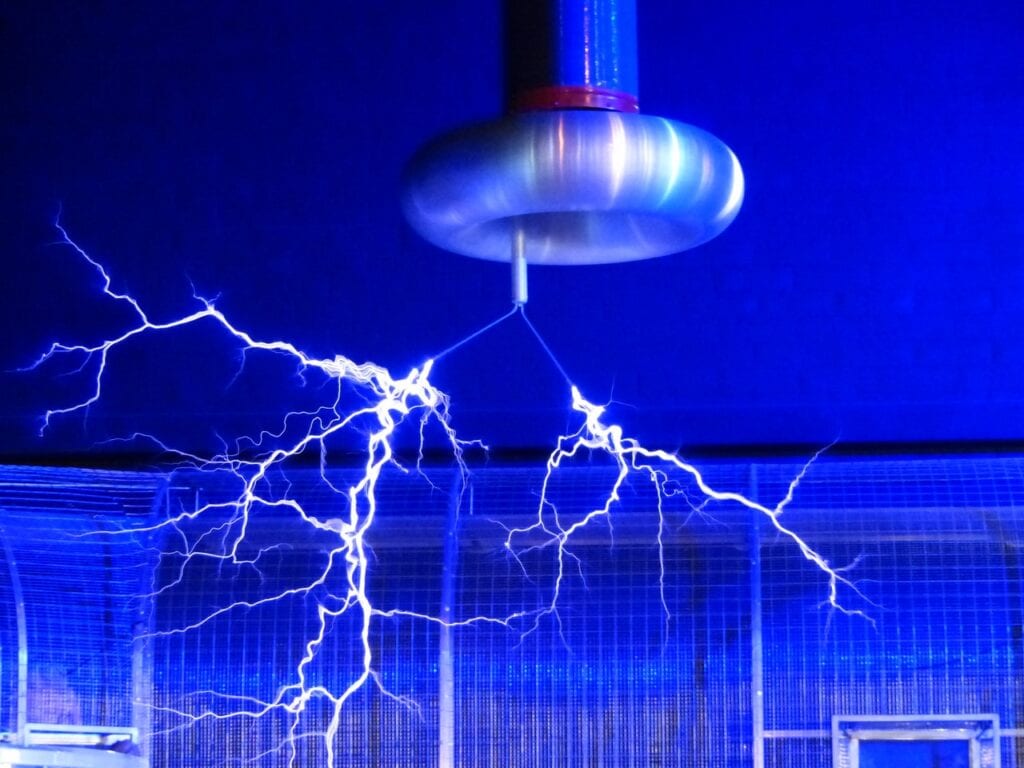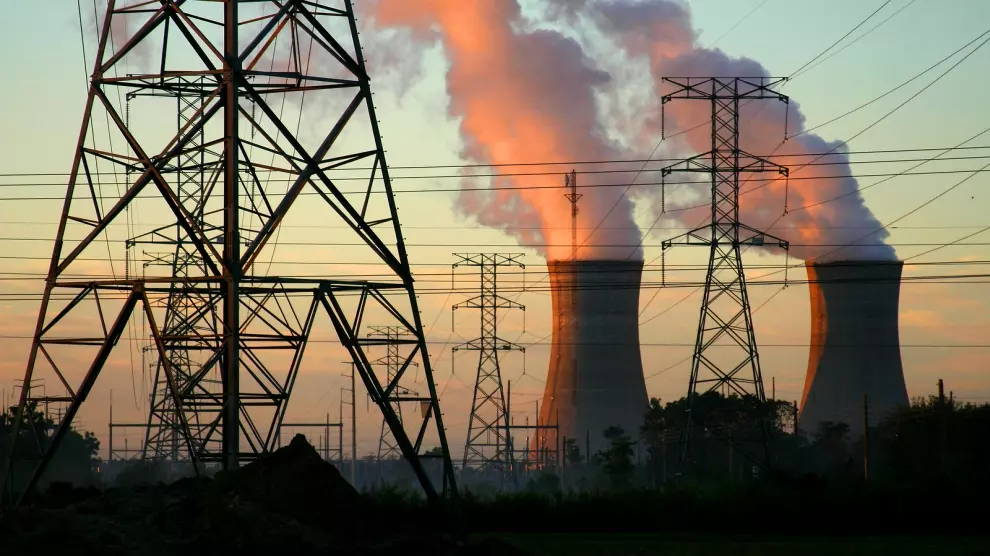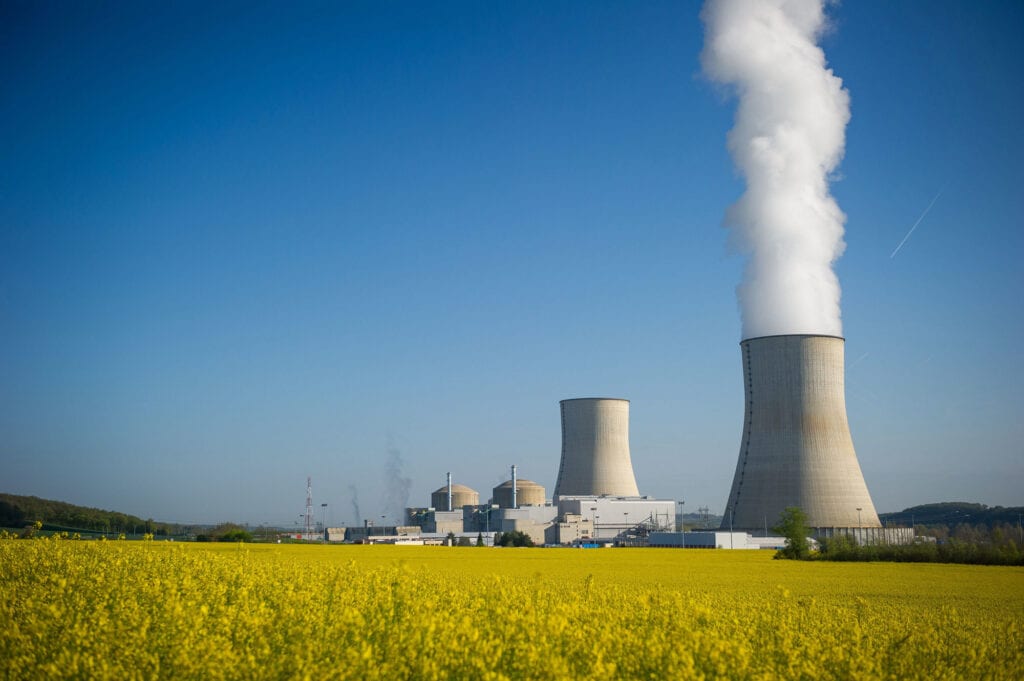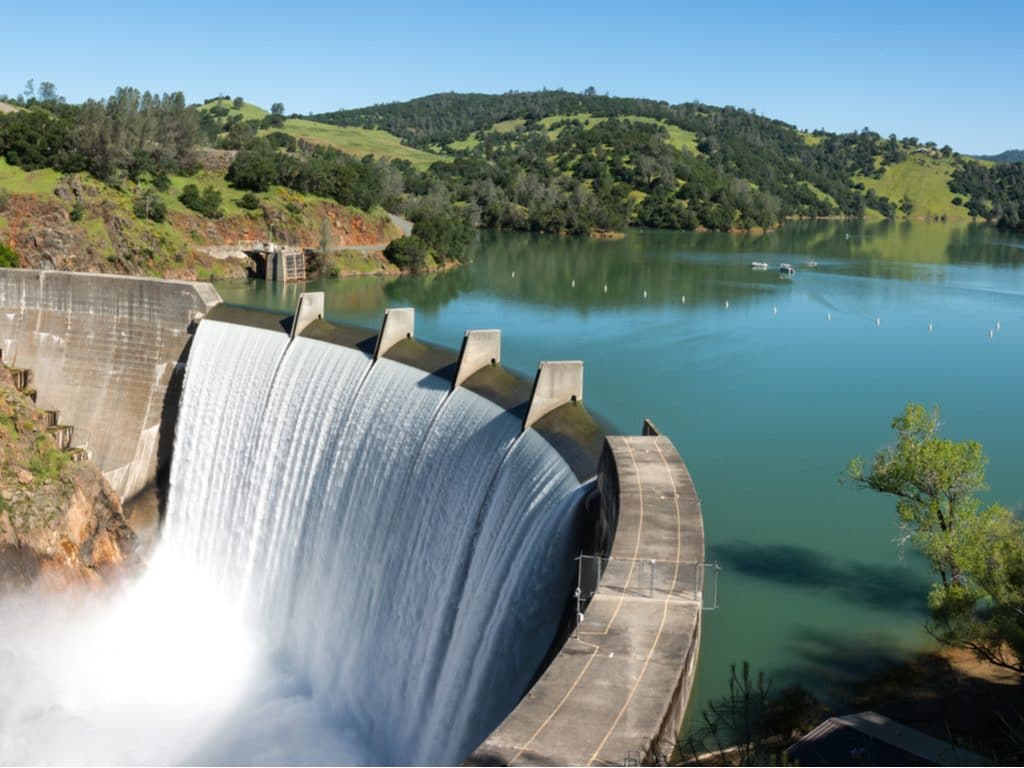How Power Generation and Distribution Has Changed Over Time

The concept of electricity dates back hundreds of years ago. In fact, I daresay it has changed the way humans lived life since the discovery of fire. Electricity helped modernize our society for the better, but sometimes for the worst. Latest worries regarding T&D systems arose from a lack of spending to satisfy increasing demand, the restricted capacity of these systems to handle green energy sources that produce power occasionally, and the susceptibility of large blackouts causing descending failures.
In a previous article, we’ve discussed how the wages of modern man have changed over the years. So as you might have guessed, in this article, we’re taking a look at the colorful history and evolution of power generation and the uses of electricity to mankind.
The Discovery of Electricity

The history of electricity and its creation is one of the many mysteries of human development. Some credit it to Englishman Stephen Gray who created glass friction generators back in 1740. This was said to be the inspiration for Benjamin Franklin’s famous experiment and the subsequent invention of the dry cell battery by Alessandro Volta at the beginning of the 18th century.
However, the most notable contribution to power generation as we know it today happened 20 years after Volta’s invention of the battery. That was when Michael Faraday and Joseph Henry first developed the primitive electric motor and found that electric current can flow through a wire near a magnet, which, of course, in simpler terms is what a generator actually is.
Eventually, these advancements led to the creation of the incandescent lamp, which was infamously credited to Thomas Edison. But that wasn’t Edison’s biggest contribution to science in both the literal and figurative sense of the word. Three years after inventing the incandescent bulb, Thomas Edison constructed a full-scale central power station in lower Manhattan, which was called the Pearl Street Station.
Tracing Its Roots to Coal and Gas

Of course, the magnitude of electricity needed to power buildings and entire cities needed large amounts of energy. And back then, what the best scientific minds came up with is using coal to create steam for turbine generators that powered trains and homes. This time, Sir Charles Parsons helped out in streamlining the efficiency of the system when he introduced the first condensing turbine for AC generators.
For a long time, most of civilization used coal to power their homes, until gas took flight quite literally. Thanks to the development of aircraft technology via the World Wars, gas became a viable option to power generators and was then used for turbines that were much more efficient in power generation. The first-ever commercial gas turbine was built in Oklahoma in 1949 which was able to produce up to 3.5 megawatts of power.
Nuclear Power and Renewable Energy

Human innovation caught up with power generation, and in the same century, man started looking at nuclear power to light up their homes. Unfortunately, since it was the time of World War, nuclear power was instead used to blow up homes. Powerful nations like the United States, France, and Germany started building nuclear plants to stay on top of their game. But, of course, we all know what happened to Chernobyl and other less-famous nuclear accidents.
Thankfully, humanity learned its lesson for the most part and shunned the use of nuclear power. Now, what the world is currently focusing on is generating power through renewable sources: aka the sun, wind, and water. While this is the oldest power generation known to man, it’s only now that scientific minds have started giving more attention to cleaner energy sources. But as they say, it’s better late than never.
The Cost of Electricity
With such drastic and primitive ways to generate power, it’s understandable that the cost of electricity was also at its peak back then. Then Samuel Insull came along to change that, Insull was Edison’s former assistant who scaled up operations to create a power grid. He was also a master at marketing electricity and came up with a pricing scheme that brought down the cost of power to a much reasonable price. Power stations that use fossil fuels prove to become the most popular cause of US electricity generation. In all but 15 countries, gasoline, natural gas or petroleum fuels were the widely used source for power generation in 2017. After 2007, the number of countries where coal was the most predominant source of energy has declined due to power, nuclear and hydroelectric power.
However, while exorbitant power costs are now out of this world, not everyone has an average electric bill, but you can lower it by visiting this site in many. It is now up to you to find out just how much power you should be paying for in any given month.
The discovery and eventual development of electricity have catapulted other exciting innovations that made life easier for us humans. So we should be utilizing these advancements wisely and efficiently, in order for us to make the most out of the privilege we are currently experiencing.
Electricity Generating Capacity

Dispersed generators are linked to the power grid, but they mostly provide any or all of the electricity required by individual properties or installations. These devices which often produce more energy than the facility uses, in which case excess electricity is sent to the grid. The bulk of small-scale solar energy systems are distributed generators. The delivery infrastructure comprises millions of miles of low-voltage electrical conductors that collect electricity from the grid at power generating station. Power is then distributed to 131 million consumers via the delivery grid.
Peak load generators help satisfy the need for power when the need is at its maximum or peak, such as in the mid-evening and then when the use of electricity for heating and air conditioning rises during hot and cold weather, alike. These rising peaks are usually “natural gas” or “petroleum-fueled generators”.
Power storage systems naturally consume more power than they have. Pumped storage systems require more power to pump water to storage tanks than they do for stored water, and – anti storage solutions have conversion efficiency and storage losses. Electricity power stations thus have overall negative electricity supply balances.




